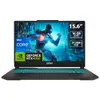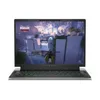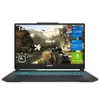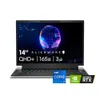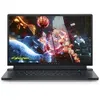I just used Nvidia Reflex 2 playing The Finals — here's what the latency drop actually feels like
It showed me how good I need to get at competitive games
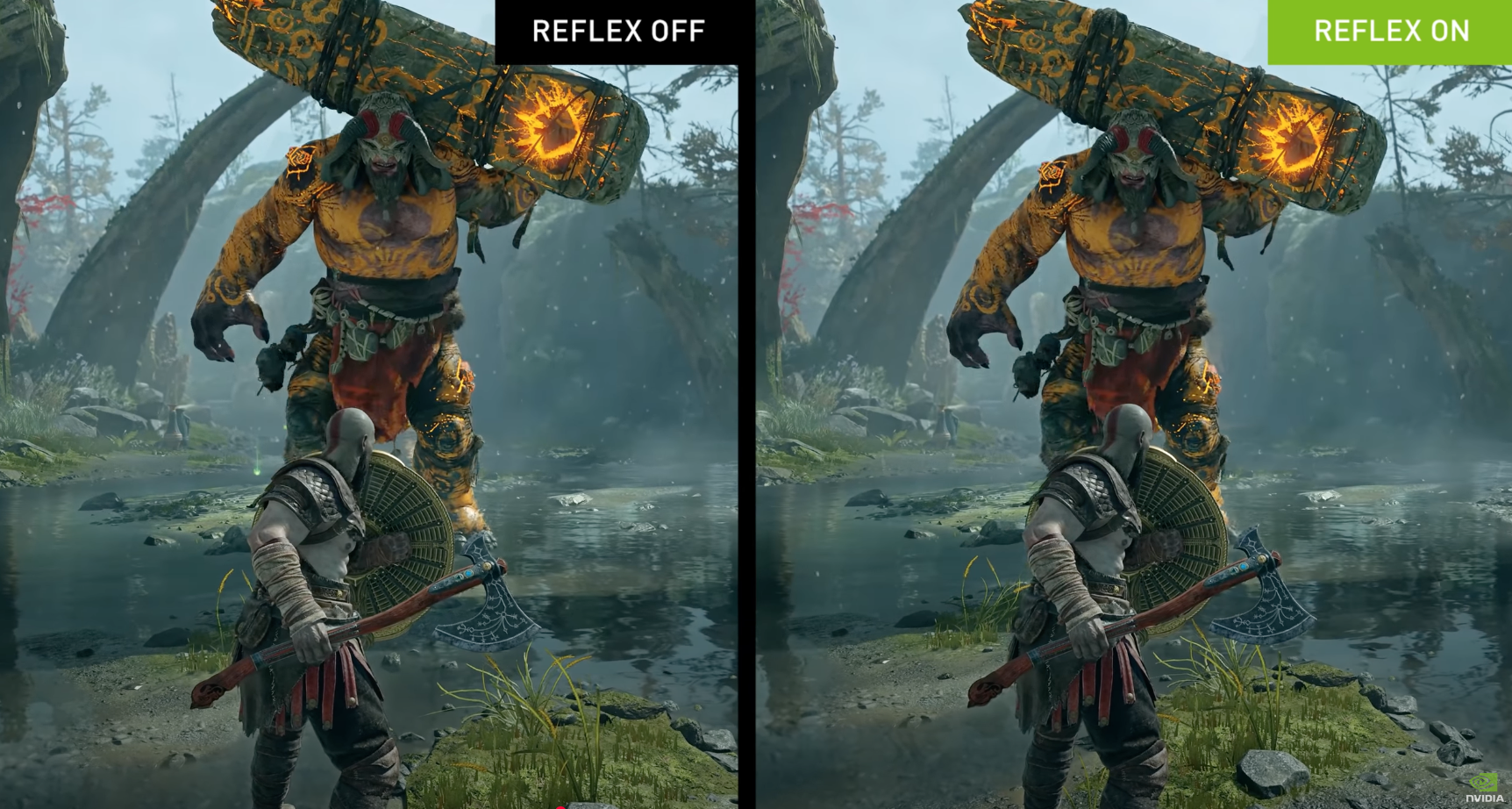
I can't get enough of competitive games. The grind of learning their in-depth mechanics, the triumph of honing my skills after hours of playtime, the thrill of dominating an opposing team — it's glorious. And yes, that includes those clutch moments that end up in defeat.
Does that make me the best at them? Heck no.
But I'll take any chance I get to gain an edge that offers the difference between victory and a (petty) rage-filled defeat. Now, after trying out Nvidia Reflex 2, I've seen what that said "difference" can do.
I got the chance to meet with Nvidia in London to get some hands-on time with its latest graphics cards. Particularly the RTX 5070 Ti and RTX 5070. At this point, we've seen how games are played on Nvidia RTX 50-series GPUs, and even how good Half-Life 2 RTX looks. However, what interested me the most was Reflex 2, Nvidia's latest PC latency-reducing tech.
Playing The Finals, I was able to see and, more importantly, feel the gap in latency between native, Reflex and Reflex 2 while running around and shooting up dummies in the training room. As someone who regularly enters FPS matches in multiple PC titles but is nowhere near the level of an esports gamer, could I feel the difference? Well, I'd like to think so.
Here's what it was like playing The Finals with Nvidia Reflex 2 turned on.
What is Nvidia Reflex 2?
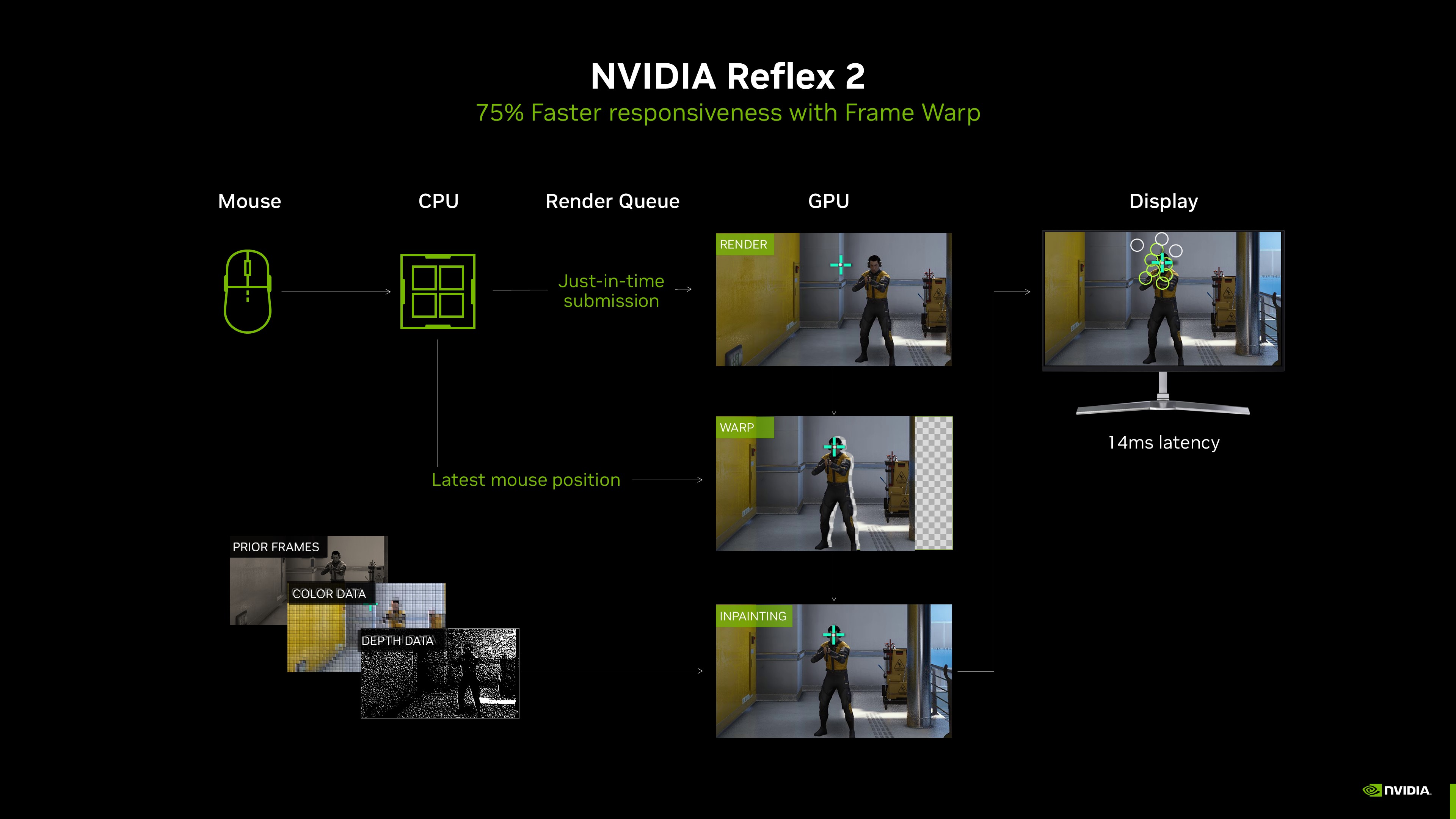
First, a quick refresher.
Nvidia Reflex first arrived in 2020, reducing PC latency in competitive games like Call of Duty, Rainbow Six Siege, Valorant and more by up to 50%. Of course, this isn't just exclusive to multiplayer shooters, as it's also supported in a plethora of single-player titles, such as Cyberpunk 2077, God of War Ragnarök, Avowed, and plenty more.
In this case, latency is the delay experienced between a player action and what is rendered on display. So, when you click a mouse to shoot or press a key on your keyboard to move in a game, it goes through a process of being calculated on a CPU, placed in a render queue, rendered through the GPU and then output on a display.
This process is so fast that it only takes milliseconds (ms), but the lower it is, the more responsive player inputs are. That's why Nvidia Reflex shines, and while it may not matter too much for casual gamers (especially for turn-based RPGs), you can imagine shaving milliseconds off an action in competitive gameplay can be the difference between winning and losing.
Now, with Nvidia Reflex 2, supported games will see up to a 75% drop in latency. Team Green used a different approach to slash latency even further by implementing its new Frame Warp technology.
What does it do, exactly? As an example, if you move your mouse in game, a CPU calculates the next frame coming, but Frame Warp samples the new camera position from the CPU, and "warps" the just-rendered frame by the GPU to the new camera position. To make sure the most recent movement of the mouse is shown on display, this warp is done just before the rendered frame is sent to the display.
Essentially, it means actions are shown even faster, so you can aim with far more precision and, since actions are registered quicker, even take more shots.
It's a complex process, but it all equates to this: lower latency = faster inputs. Also, Reflex 2 isn't exclusive to RTX 50-series GPUs. While it debuts first on the latest graphics cards, there will be added support for other GPUs (such as RTX 40-series cards and more) in future updates.
How Nvidia Reflex 2 feels
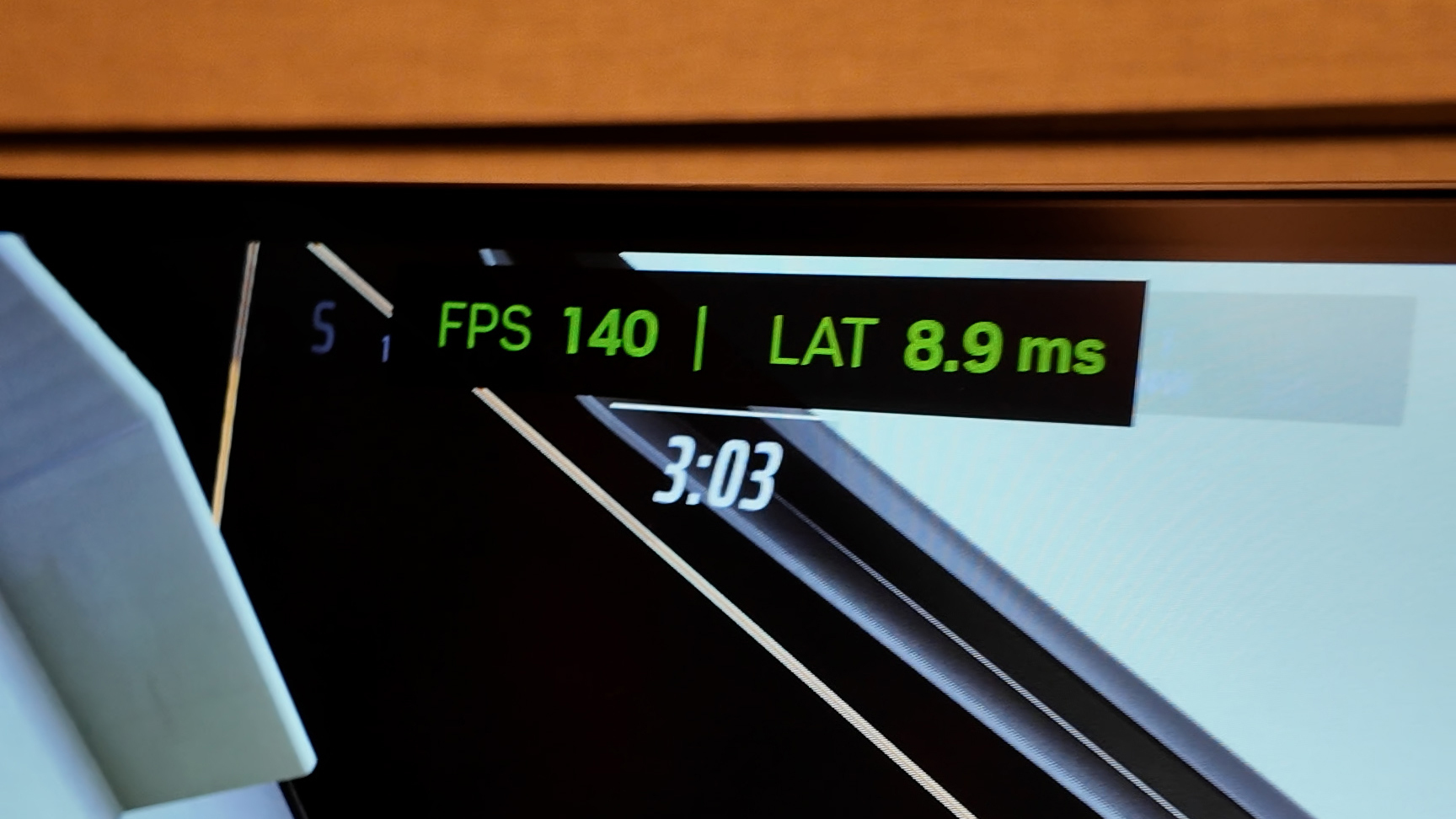
So, what does Nvidia Reflex 2 actually feel like in action? Snappy, to say the least. I was able to try out the latency-slashing technology in The Finals, and in the demo, I was able to cycle through native, Reflex and Reflex 2 to compare them all.
Running on an RTX 5070, I first noticed that frame rates were going beyond 160 fps at max settings. That's impressive, but the LAT (latency) shown at the top of my screen was the key element here.
At a native setting, latency averaged around 27ms. That's already quite low, especially as someone who generally doesn't look up latency while playing competitive shooters. I felt like my inputs were precise and my aiming was manageable — as per usual.
However, then I enabled Nvidia Reflex, which dropped latency down to an average of 14ms. That's a considerable drop, and while I was still running around the map and shooting targets like before, my input did feel a tad faster, especially when aiming down sight.
Finally, I switched to Nvidia Reflex 2, plummeting latency all the way down to an average of 8ms. Now that's fast. I'm not sure whether it was more of a placebo effect knowing that latency was this low, or I was shooting more accurately due to the drop, but I felt that I had even more accuracy when aiming for headshots.
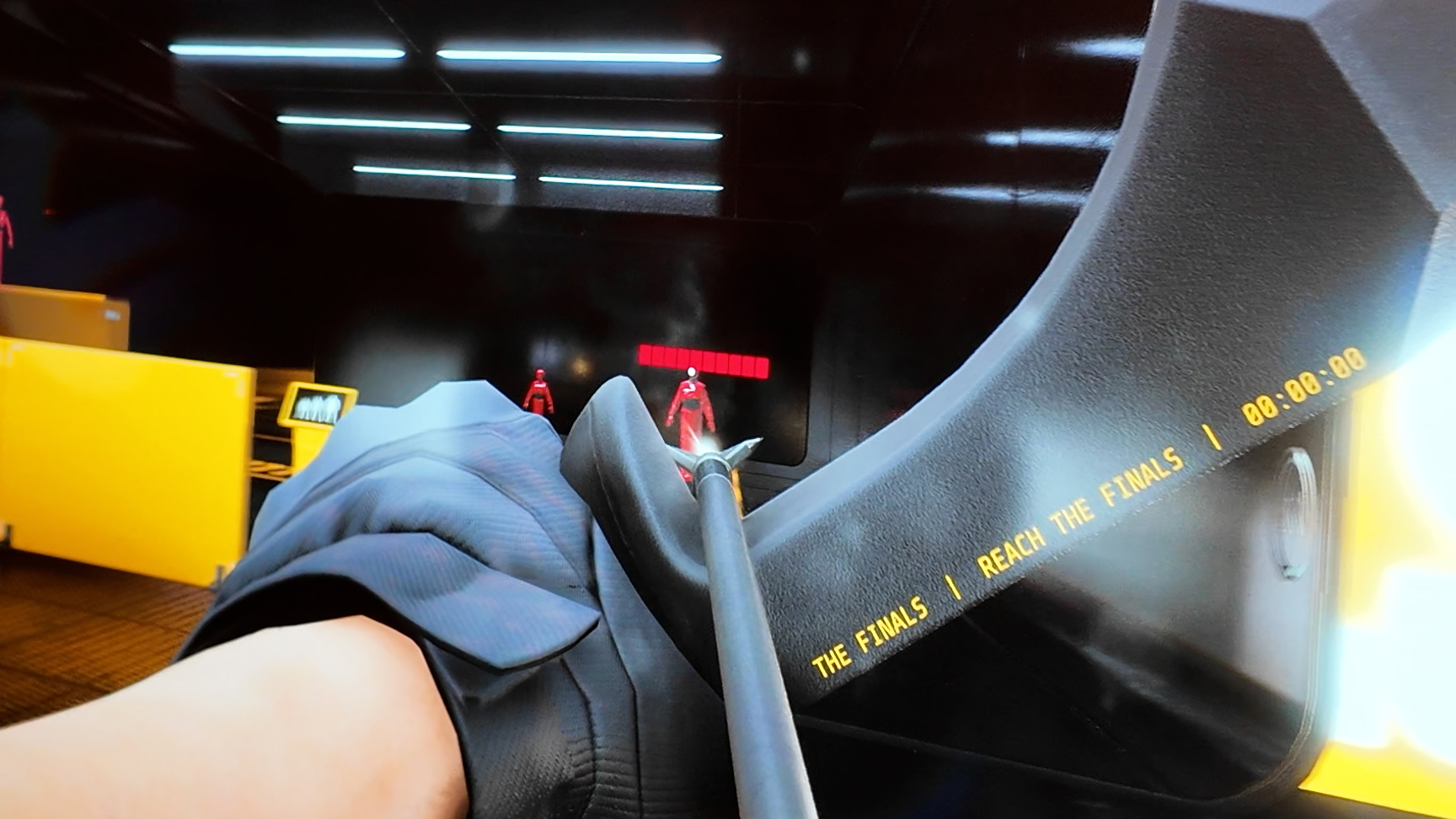
It's hard to feel a true difference in inputs and see those results when not in a real multiplayer match, as I could only test Reflex 2 while in a training room in The Finals. However, I tried sprinting across the map and shooting headshots on targets while in mid-air to get a real feel for the precision I was expecting.
It showed me two things. First, I definitely need to get better at competitive games when it comes to aiming. And second, extremely low latency can offer more precise controls.
Really, to the average player, the difference here can hardly be noticed. I can imagine offering a blind test to a gamer and them telling me that there's no noticeable difference. But Reflex 2 came from the minds of Nvidia's esports research team, and it's been shown that players can complete an aiming target test 30% faster with it turned on.
While it wasn't a long experience, I felt as if Reflex 2 could give me an edge while gaming — and not just in games like The Finals. With faster inputs, I'm convinced that I could execute dodges in games (say, Elden Ring: Shadow of the Erdtree) far more efficiently and not end up shouting "but I dodged that!"
A worthwhile upgrade?
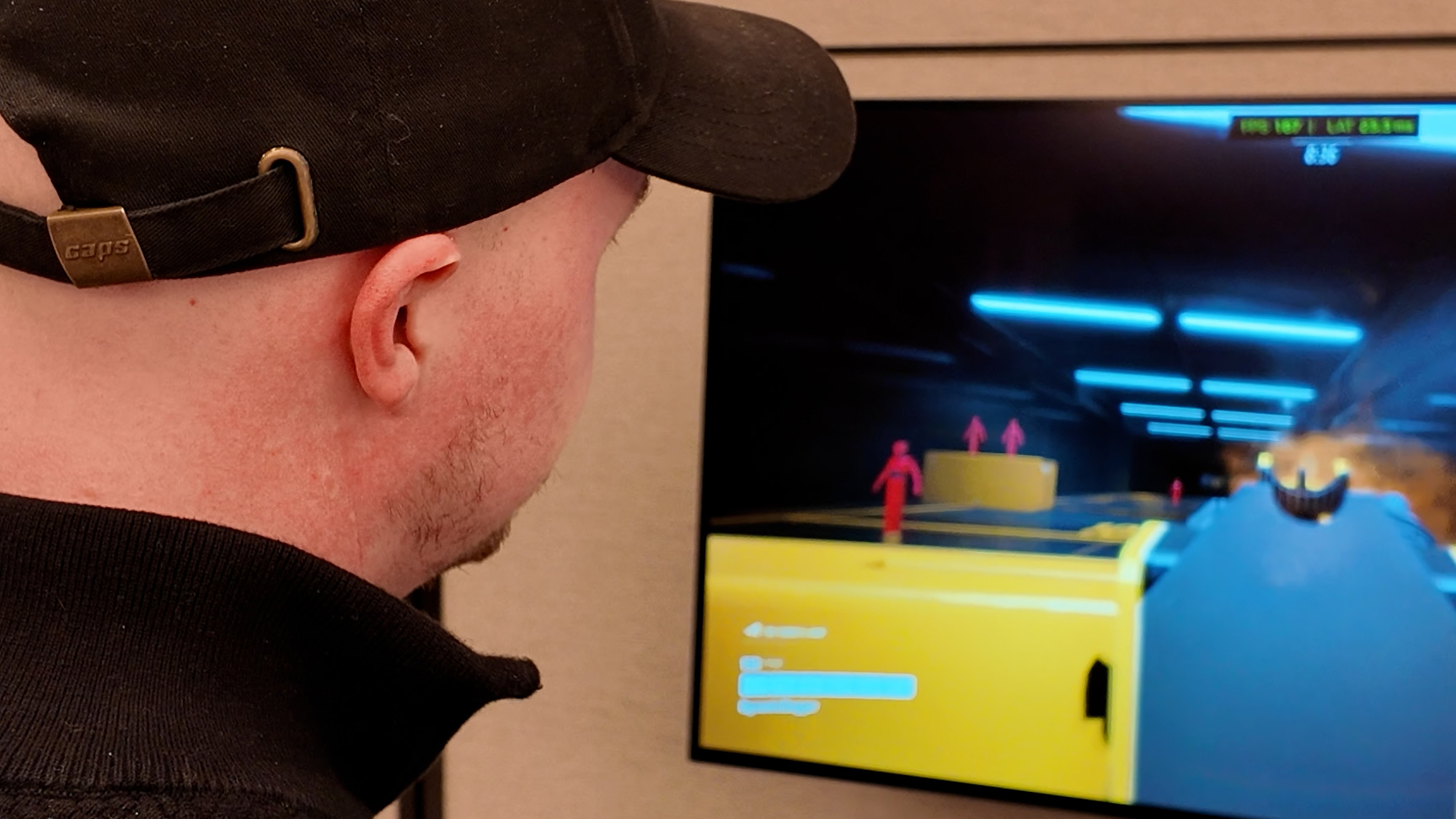
My main takeaway after trying out Nvidia Reflex 2 is that a further drop in latency is always welcome — even if it won't be noticed by many. The thing is, it's not a matter this technology only being available to RTX 50-series GPU owners, as it will eventually be coming to more Nvidia cards further down the line.
Unlike trying out an RTX 5090 gaming laptop and being mesmerized by the graphics but seeing that the price may not be worth the performance boost, Reflex 2 is more of a universal upgrade for all gamers that can utilize it. And, seeing how 90% of gamers turn Reflex on (according to Nvidia), I'm betting the the same number of players will have Refelx 2 turned on once it becomes widely available in more games (and more GPUs).
For now though, Nvidia Reflex 2 is set to arrive on The Finals and Valorant first, with more games including Apex Legends, Counter-Strike 2, Dota 2, Overwatch 2 and more sure to be coming down the pipeline.
Does Reflex 2 make me better at competitive games? Perhaps slightly, but I'll need more hands-on time with it. Either way, with or without it, I'll be sharpening up my skills in the meantime.
More from Tom's Guide
- I just built an RTX 5090 gaming PC — here’s what I used and how to build your own
- I ditched my dual-monitor setup for this ultrawide OLED monitor — and it's a total game changer
- I review gaming PCs for a living, and I'd never buy the RTX 5090 — here's why
Sign up to get the BEST of Tom's Guide direct to your inbox.
Get instant access to breaking news, the hottest reviews, great deals and helpful tips.

Darragh is Tom’s Guide’s Computing Editor and is fascinated by all things bizarre in tech. His work can be seen in Laptop Mag, Mashable, Android Police, Shortlist Dubai, Proton, theBit.nz, ReviewsFire and more. When he's not checking out the latest devices and all things computing, he can be found going for dreaded long runs, watching terrible shark movies and trying to find time to game
You must confirm your public display name before commenting
Please logout and then login again, you will then be prompted to enter your display name.

